The Art of Selling Art: An Architectural Approach

When it comes to landscape photography, any photographer specializing in the genre can tell you just how difficult it is to make any sort of income. Stock photography – once a mainstay source of income for landscape photographers – has almost come to an abrupt stop, given the sheer number of photographs being submitted throughout the years.
Speaking of numbers, given the large number of smartphones sold each year, paired with the ease of printing at-home or through online sources, it’s no wonder print sales have suffered so drastically. The quality of smartphone cameras has allowed everyday individuals to print their vacation snapshots at sizes larger than ever before, decorating their homes without spending a whole lot of money. While this is great for them, it makes monetizing landscape photography extremely difficult.
With all this in mind, many photographers who find meaning and overall enjoyment through the pursuit of landscape photography, choose to keep it as a hobby and pursue commercial photography as a means to an end. Commercial photography may mean photographing people, products, or, in the case of photographer Nick Carver, architecture.
Nick Carver set out to become a landscape photographer when he was around the age of nineteen. Little did he know that such a profession did not exactly exist, and after a year or two, he was broke, quickly accumulating debt. As he told me, when asked when he knew it was feasible to make a living off his artwork: “I’ll let you know if that ever happens.”
Instead of becoming discouraged, Nick persevered and followed down two unique paths: teaching private photography lessons and teaming up with an established architectural photographer to help them out with a backlog of work. One may think this had stopped Nick’s desire to photograph the landscapes – both natural and manmade – around him, it didn’t. He has managed to continue teaching, photographing for work, and photographing for pleasure, all while managing a successful YouTube channel.
A Different Type of YouTube Channel
After having laid witness to the high-caliber videos being put out by landscape photographer Ben Horne, Nick thought it to be a fun idea to try his hand at doing the same. He had no delusions, however, of being able to get to the same level as Ben with his videos. His sole purpose was to share his photography and pass the time while out camping. Most of his videos – for those who have not yet seen them – are humorous, sarcastic, and overall fun in a way that few, if any, other YouTube photographers have managed to encapsulate.
Scrolling through his YouTube channel, one will find an eclectic mix of on-location videos and studio-based, educational videos. One video, entitled “Photography On Location: The Breakfast Café,” takes us alongside Nick as he photographs a simple-looking building off the side of the road.
Using his 4×5 camera – instead of his typical medium format cameras – he explains what it is he is doing and why as he exposes sheet after sheet of film as the light changes. While each photograph taken is displayed on the screen, Nick tells about why he believed them to work, or not, and which he believes is best in the end.
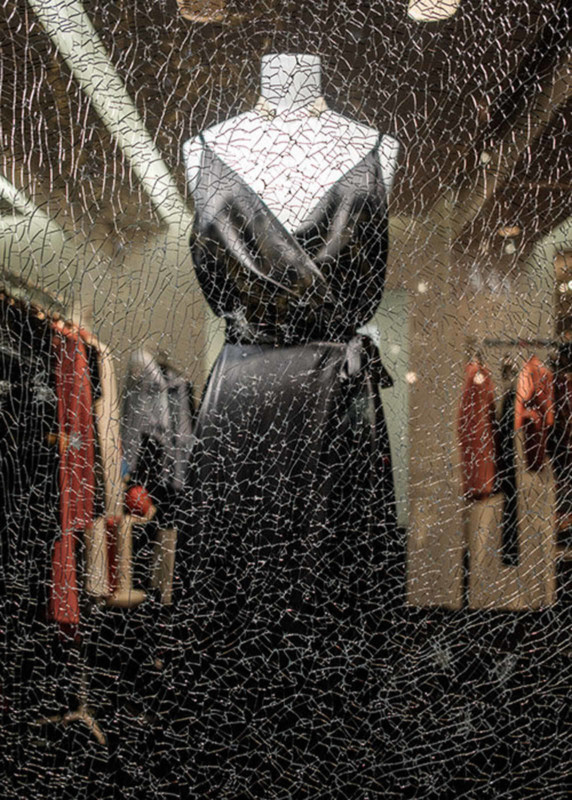

He also recently began a series of videos known as Behind the Glass With a Glass (BGWG), where he speaks about a different photography topic while enjoying a glass of alcohol, talking about that as well. In the first video of the series, entitled “BGWG #1: Light Meters & Basil Hayden’s Bourbon,” Nick discusses, well, light meters and Basil Hayden’s Bourbon.
He speaks on why he enjoys the old-school Pentax Digital Spotmeter more than the modern Sekonic light meters, explaining it having to do with the metering method he employs – and consequently goes over in his metering course. In another video, “BGWG #9: TLRS and Glenmorangie Scotch Whisky,” Nick speaks on his newfound appreciation for TLR cameras and why he has chosen to employ them in the field for certain projects.
Regardless of which video one chooses to watch of his, the amount of humor and educational value employed in each cannot be topped by anyone on the platform today.
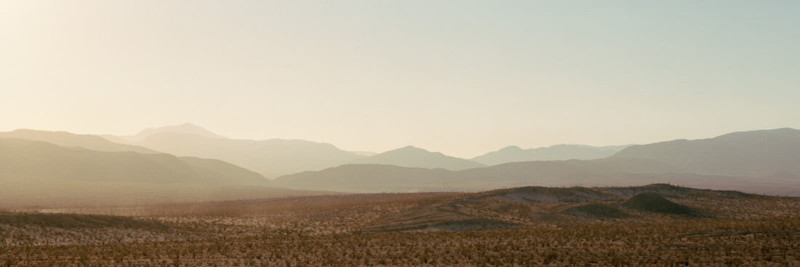
Having over eight years of experience on the platform as of 2021, Nick has managed to compile a bit of advice for those looking to start out on YouTube. First and foremost, when editing the videos, ensure that all the “fat” is trimmed up. Rambling, repeating yourself, messing something up, and not re-shooting it – there’s no excuse whatsoever for any of it, in Nick’s opinion.
Act as if the viewers don’t care about you, because they don’t.
As rough as that may be to hear – and as much as you may like to say otherwise – most people are simply scrolling through the internet looking for something to pass the time. A lot of the viewers aren’t interested in what you had to eat for dinner, what you plan on doing once you’re home, or any other aspect of your personal life. They’re on your channel to find entertainment and, perhaps, gain some insight. In other words, “get to the point, tell a good story, and tighten things up.” Nick’s final advice? “Never start a video with What’s up guys.”
Learning to Teach
When Nick was around the age of nineteen, after saving up some money from a day job, he began setting out to become a professional photographer, hoping to specialize as a “landscape shooter.” His only problem? “Landscape shooter” isn’t a job, but he was stubborn to make it work. Less than two years after having first begun, Nick was broke and quickly accumulating debt. Out of options, he took a friend’s advice and began offering private photography lessons, hoping to get some money in the door and keep from taking on a day job yet again.

It blew up. I had no idea the kind of demand there was for that at the time.

Once the lessons got rolling, he found himself teaching one group class every few months at a local community center. Within some time, that grew into two classes every few months, then once every month. Money was finally coming in the door, and Nick was able to continue photographing landscape photography without taking a regular job.
There was also a period of time where Nick offered two-hour evening workshops at the local beaches, and he had done a three-day weekend workshop at one point as well. Though the multi-day workshop was a great money maker for him, he found it to not be his cup of tea, deciding not to offer them any further. “Photography has never been a team sport for me, so I don’t tend to enjoy being out in the field with a group,” Nick explains, providing his reasoning for no longer offering his workshops.
Due to being very busy with architectural photoshoots and wanting to have more time for his personal landscape photography, Nick made the decision to stop offering group photography classes in January of 2020, just before COVID-19 wreaked havoc on the world.
Despite his busyness, Nick still finds time to put out high-quality online photography courses. Exploring his website, one can find online courses speaking on topics such as “Composition for Dramatic Landscapes,” “How to Shoot in Full Manual,” and, his latest, “Master Manual Metering For Film,” which speaks about the metering method he employs in the field. Furthermore, though less often, Nick offers one-on-one private photography coaching. Those in Orange County, California have the pleasure of working in-person with Nick, while those outside the area can learn from him through video lessons.
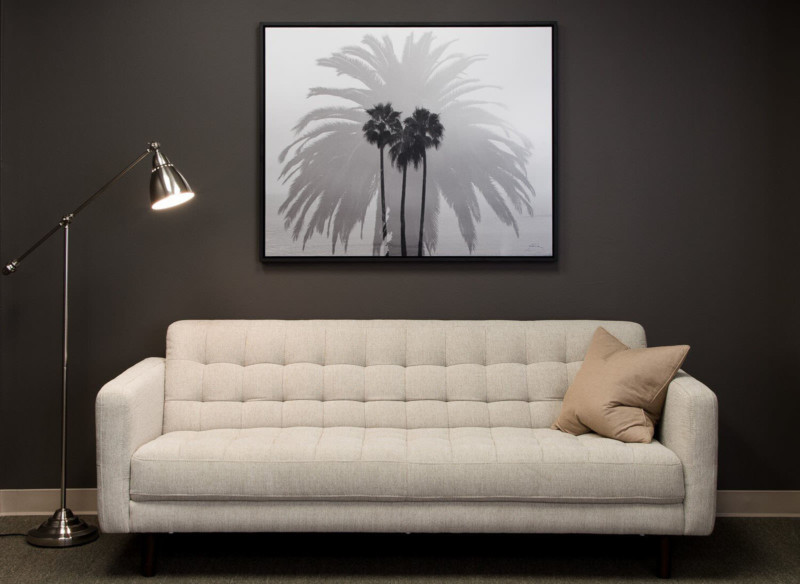
For those looking to teach, Nick mentions that the first time is bound to be daunting. He remembers the first time he was going to teach a group class.
“I was getting dinner with a friend beforehand and I was nearly crippled with nerves. You’re always worried people are going to find out you’re a phony. But then you start teaching and you realize pretty quickly how little the students know. When I started teaching, I couldn’t believe how little knowledge my students had on photography. Seems obvious now – after all, why the hell were they taking a class if they already knew everything?”
All-in-all just start. However possible, just start. Maintaining humility is huge – don’t try to act like you know things you really don’t. Like any skill, it takes practice to get good at it. The first few times teaching may not turn out the way you’d like, but over time, things will gradually begin to improve as you find your flow.
An Architectural Approach
Despite finding joy in teaching, in helping individuals learn more about photography and how to create beautiful work, Nick eventually decided he wanted to spend more time out with his camera and less time in the classroom. The only problem? What was he going to do instead? Portrait and wedding photography were of little interest to him – he’s the classic landscape photographer: introverted and preferring to work in solitude. Then he thought of architectural photography, which seemed to be pretty similar to photographing landscapes. He could work alone and was already comfortable with the tools and techniques that are used. Plus, as is evidenced by his many YouTube videos showcasing him photographing buildings, he loves good architecture.
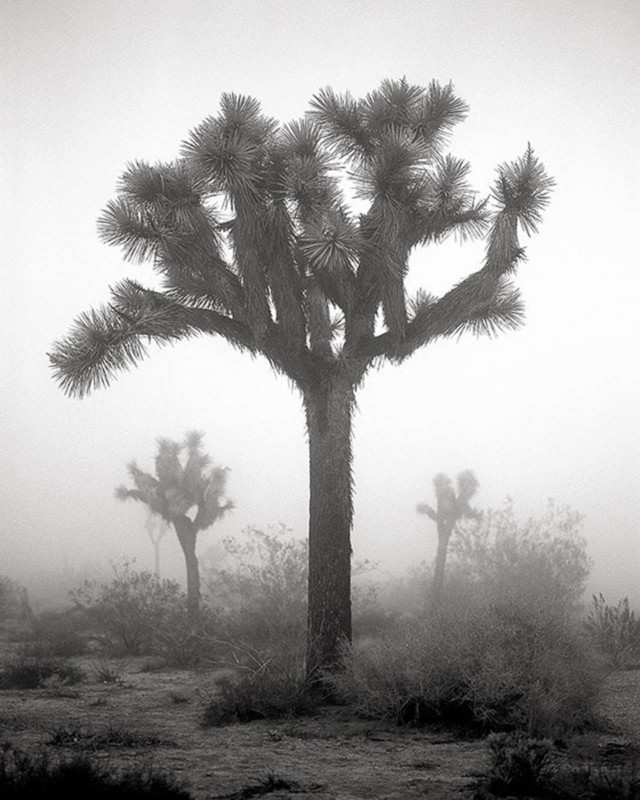

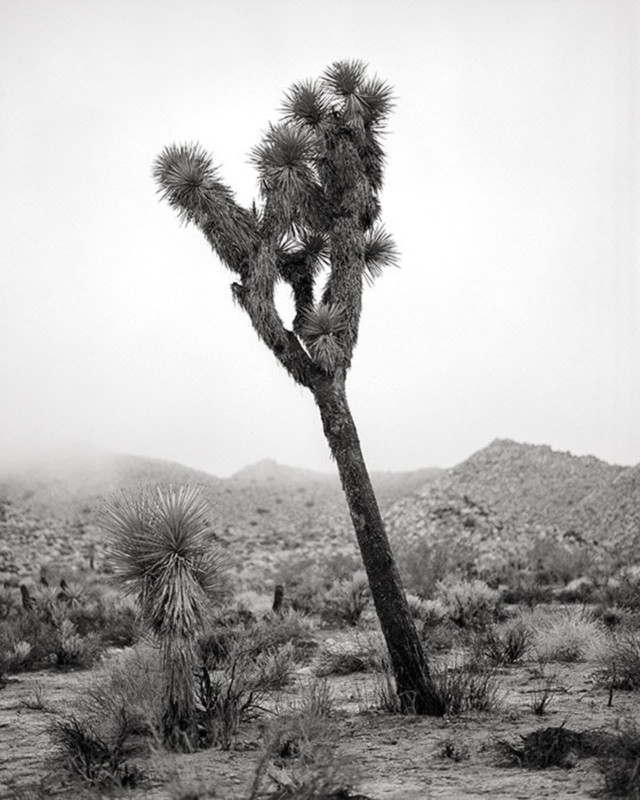
Since he had been working with the same camera store – Pro Photo Connection – for his prints and other photographic needs for many years, Nick decided to contact the manager. He simply asked if there were any local architectural photographers looking for help, whether they needed a second shooter or were looking to offload some work. Nick was connected with a few different photographers and, luckily, one had a backlog of work that they needed help with. Now that a connection was made, Nick began working for this photographer, helping him to photograph the places that he didn’t have time for. Eventually, Nick took over the photography side of the business, while the other guy worked directly with the clients.
Just as photographing landscapes isn’t always made up of rainbows and unicorns – beautiful light and wondrous conditions – there are certain realities of photographing architecture that must be kept in mind. The most important, and the one which most people wrongly assume, is that architecture photography is rarely made up of photographing glamorous high-rise buildings in the cities. Unless you happen to be working for architectural design firms or magazines, then you won’t be dealing much with the well-maintained, hip-looking, clean properties. Instead, most architectural photography is made up of photographing commercial real estate and leasing buildings. As Nick says, what he does is the “least glamorous type of architectural photography, but also probably the most consistent in terms of always having new work.”
I shoot a lot of sh**box properties and it’s my job to make them look good. It’s far from glamorous, but it pays the bills pretty reliably.
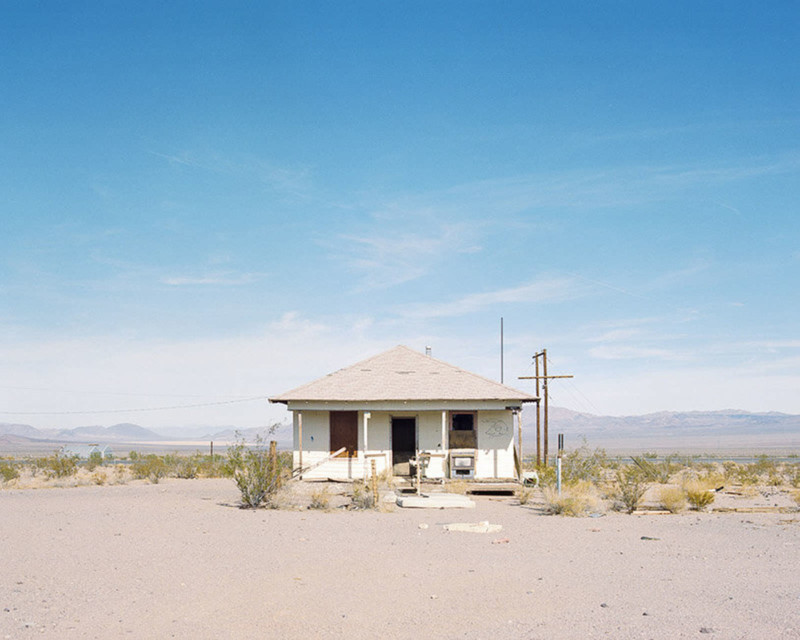
For Nick, it’s the variety of buildings that he gets to photograph, and the consistency of the work, that keeps him coming back. Plus, he sometimes really enjoys photographing those “sh**box buildings.”
When it comes to advice for those looking to get started in the genre of architectural photography, it’s difficult for Nick to give exact advice, as everyone begins differently. Given how he had begun – working with an established photographer who already had access to plenty of clients and work – by the time Nick began “collecting” his own clients, he had a solid portfolio of work along with a name for himself.
One important decision to make, however, would be whether you would like to work for a company or for yourself. While working with a company provides you with healthcare and paid time off, it also cuts back on the amount of freedom you have. Unlike when you freelance, you can’t simply decide to take a month or two off to do whatever you want – you’ll likely get fired from the company for trying something like that. That freedom is the reason why Nick has always been freelance – he loves the idea of being able to take some time off to work on a new photography course or to go on a camping trip. Perhaps the greatest downside, however, is the feeling that the government is constantly punishing you for being self-employed. Plus you have to pay for your own healthcare, and you don’t get any paid time off.
As for finding new clients, Nick recommends simply “pounding the pavement.” In other words: build up a strong portfolio, reach out to anyone you can possibly think of who might need your services, and don’t give up!
Marketing Your Work
How one markets their work is largely dependent upon the goals they have in mind. What one does for pursuing client work – such as with architecture photography – is often drastically different than for pursuing, say, new students for an online course. For the latter, Nick relies mostly on a combination of paid ads – through both Google and Instagram – and his YouTube channel, where he pushes out content to his over eighty-thousand subscribers.
Initially, he had started his channel with no intention of it leading to any sort of financial return, choosing to not do sponsored videos or run AdSense; it wasn’t until recently, even, that he began providing the option for viewer contributions through the use of a PayPal donation page. Over the years, however, he has found that his channel has quickly become the single biggest source of new students and print sales. And when someone comes along and asks Nick to partake in a podcast or interview, he almost always makes time for it, viewing it as free promotion for his work as well as an overall good time.
His over-simplified advice: don’t worry so much about specific marketing tactics. Concentrate instead on making really good products that people actually need.
If photographers worked half as hard on their product as they do designing their cool logo, there would be a lot more successful photographers out there.
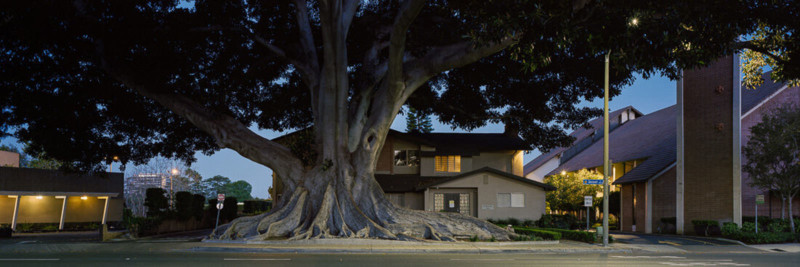
Final Words
When he had first started out in photography, Nick Carver had wanted to be a professional “landscape shooter.” After learning that such a career wasn’t as easily viable as he had hoped it to be, instead of quitting and running back to a regular day job, Nick chose to tough it out. He worked hard to figure out ways to bring money in without giving up his passion of landscape photography.
Through the help of others, he first began teaching photography lessons to those starting out, even if it meant battling imposter syndrome on the regular; when that began taking up a bit too much time, and he wanted to bring in a more secure income, Nick turned toward architectural photography, putting his knowledge to the test as he tried something new. Although other genres of commercial photography didn’t bring him the joy he was looking for, something about photographing architecture simply clicked. Since then, Nick hasn’t looked back. This all to say that through plenty of hard work, perseverance, and a whole lot of stubbornness, one can make a name for themselves if they so choose, just as Nick has clearly done.
It is important to keep in mind that just because you are a landscape photographer, it does not mean you need to rack your brain, and the internet, trying to figure out ways to make a living off print sales and workshops. Nor does it mean that you must “sell out,” photographing only the most popular tourist destinations in the world in vibrant colors, ultimately destroying your artistic integrity, sacrificing your vision for the potential for a paycheck at the end of the day. Instead, perhaps it would be better to find a genre of photography within the commercial world that interests you.
If you find yourself fascinated by high-end products, try product photography; if you enjoy looking at clothing, try fashion photography; and if you enjoy clean architecture, try architectural photography. By going down this route instead, you – like Nick – are able to make a living off photography without having to sacrifice your artistic vision for your personal work.
To see more of Nick’s “quiet reflections on mankind’s less-celebrated creations”, be sure to check out his website, and give him a follow over on YouTube.
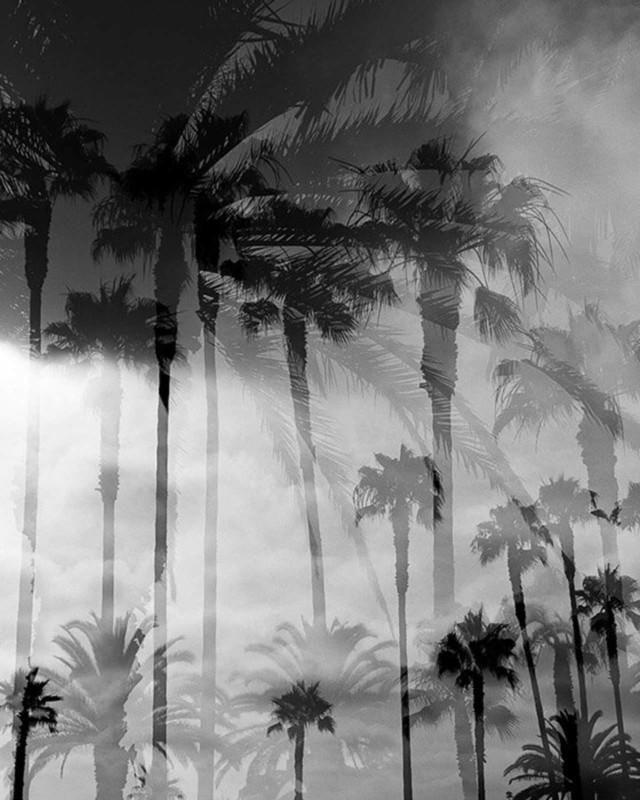


P.S. If it is within your means, please consider supporting my work through Patreon. Making a sustainable living as an artist can be a difficult venture, even during the best of economic times. Patreon allows individuals to support their favorite artists and creators directly, for as little as $2 per month to as much as your generosity and budget will allow. This support can last for a single month or can go on for as long as is desired; it is your choice entirely. Regardless of how much you choose to pledge, your support allows me to continue creating without having to resort to unsightly ads or undesirable sponsorships. Any support you provide is accepted with gratitude.
About the author: Cody Schultz is a fine art photographer based in Pennsylvania. The opinions expressed in this article are solely those of the author and interviewees. You can find more of Schultz’s work on his website. This article was also published here.